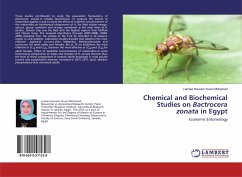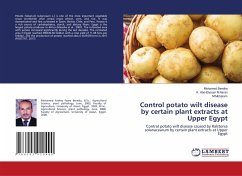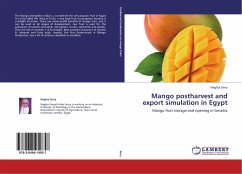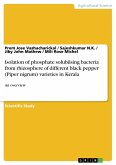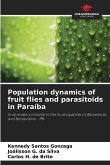The present work was carried out to evaluate the toxicity of insecticides and oils against Aulacaspis tubercularis, extraction of piperine from black pepper in ethyl alcohol and acetone solvents and then characterized by IR, MS and 1H NMR spectroscopy, to study the joint action effect of piperine with insecticides and oils against it, also estimation the population fluctuations of A.tubercularis on mango trees and the effect of climatic factors at Ismailia Governorate, Egypt. Laboratory studies indicate that Methoxyfenozide was the most toxic on adult and gravid females of A.tubercularis, orange oil was more toxic on adult females and KZ-oil was more toxic on gravid females. The melting point of extracted piperine was (128-130°C) and the molecular formula was (C17H19NO3), the toxicity of piperine extracted in acetone was more toxic than in ethyl alcohol. For the joint action effect piperine induce a potentiation effect with the tested compounds. Field studies indicate that population fluctuations of it distributed in the two seasons. Field evaluation of the tested compounds indicate that Methoxyfenozide and KZ-oil were the most toxic for adult and gravid females, respectively.
Bitte wählen Sie Ihr Anliegen aus.
Rechnungen
Retourenschein anfordern
Bestellstatus
Storno


